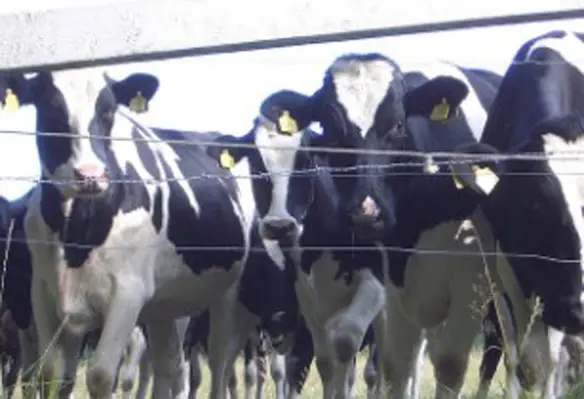The UN Food and Agriculture Organisation (FAO) has entered into a three-way partnership with China and five other countries in Southeast Asia to limit the spread of trans-boundary animal diseases (TADs)
The project on transboundary animal disease control in the Greater Mekong Sub-Region was launched during a meeting in Beijing. It is funded by the government of China and implemented by FAO.
Veterinary institutes and animal health authorities from Cambodia, Lao PDR, Myanmar, Thailand and Viet Nam will work alongside Chinese experts and specialists from FAO to improve mechanisms and develop the capacity to manage animal movements along the borders. It’s expected this will lead to a safer trade, will reduce the risk of new diseases developing and inhibit the spread of existing ones.
Southeast Asian countries including those in the Greater Mekong Subregion (GMS) have similar climatic conditions and socio-economic factors. They continue to report outbreaks of significant transboundary animal diseases including those with high economic impacts such as Foot and Mouth Disease (FMD) and swine diseases, including Porcine Respiratory and Reproductive Syndrome (PRRS) and Classical Swine Fever (CSF).
Approximately 65 per cent of the world’s pig population is concentrated in Asia and with an increasing demand for pork and pork products in the region, the socio-economic impact of swine diseases is higher than ever before.
Asia’s increasing demand for high-protein meats
Asia’s demand for meat, fish and other high protein foods is expected to continue growing in the years ahead. Increasing supply, however, also increases the disease risks associated with the cross-border trade of livestock. This creates a strong business case for the implementation of effective FMD controls.
In one study, the benefits of an effective FMD control and eradication programme in Southeast Asia were estimated to exceed US$70mn.
Kundhavi Kadiresan, assistant director-general and regional representative of FAO for Asia and the Pacific, said, “China is a world-leader in implementing South-South projects and is a strong partner of FAO in leveraging South-South relationships to help lead us to a more food secure and safer world.”
China is the biggest contributor to FAO’s South-South Cooperation programme with a trust fund of US$80mn.
The new project, valued at roughly US$3mn, will involve the Ministries of Agriculture from China and the other five GMS countries. The work will include a programme of vaccination, animal movement control, quarantine, public awareness campaigns, enhanced surveillance and reporting and coordination among trading partners.





